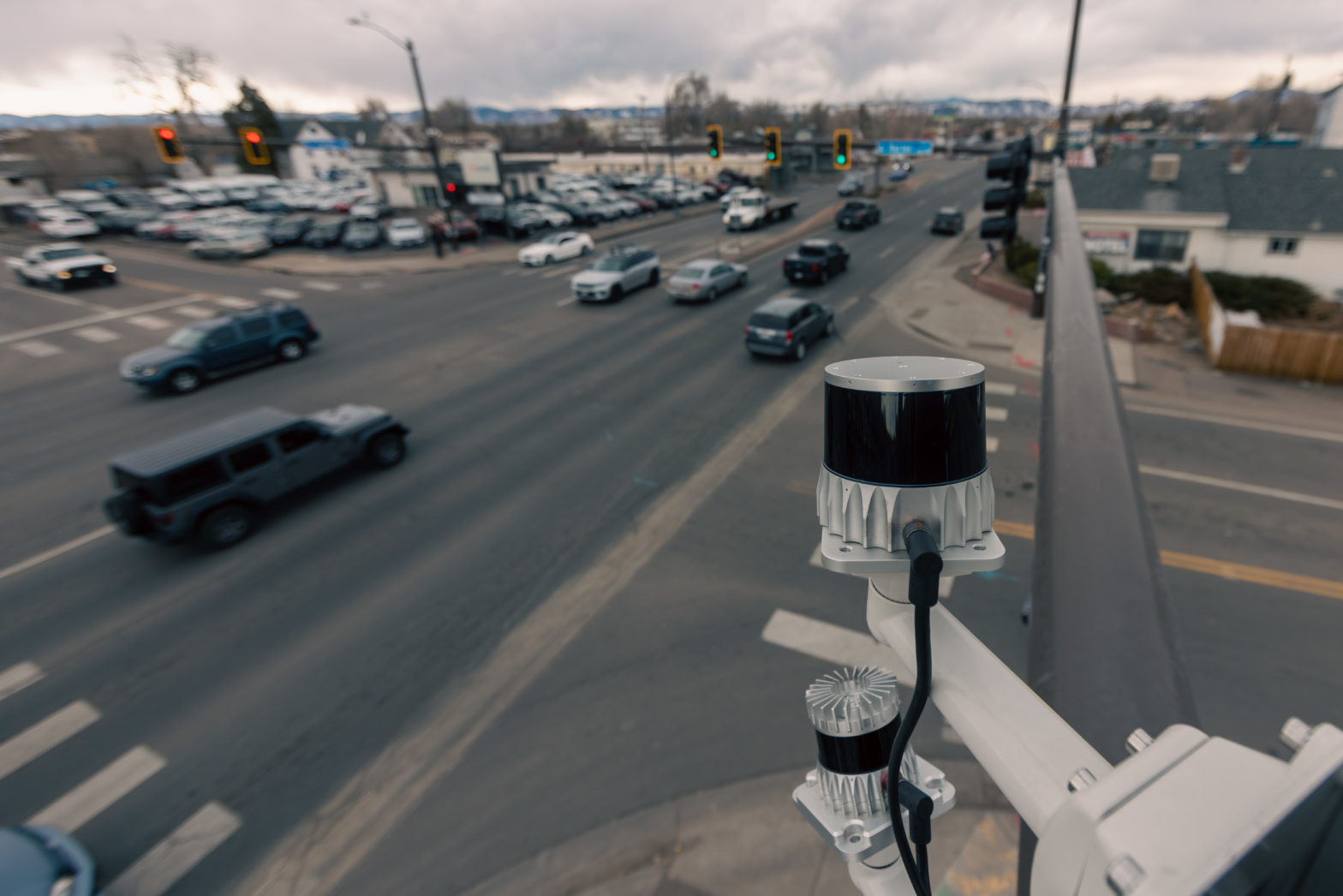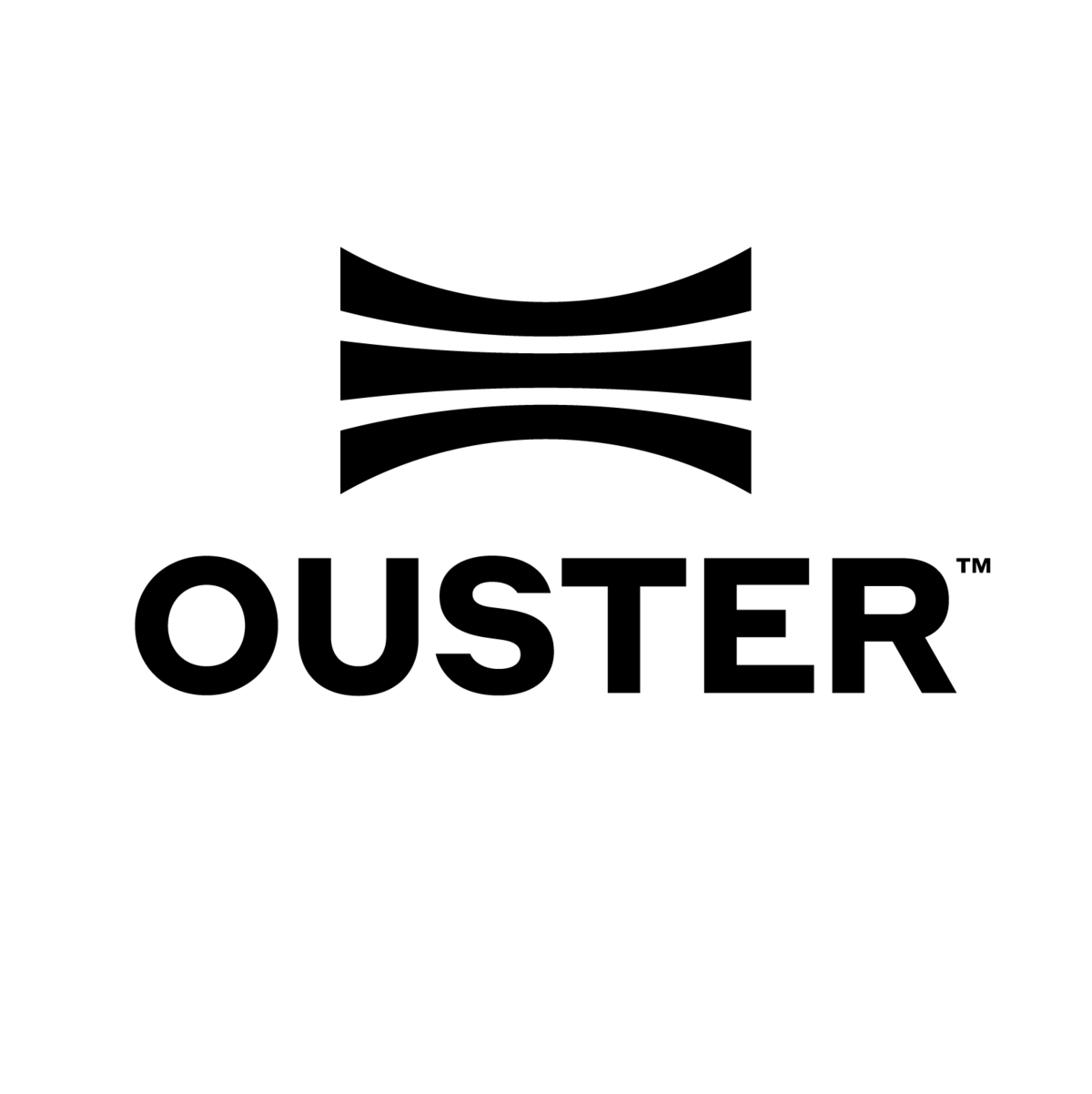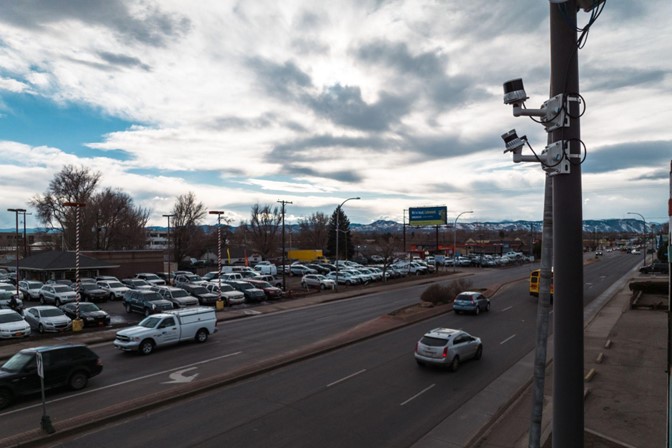
Photo: Ouster
Ouster doubles down on proactive traffic safety insights
22 June 2023
Brian Garrett, Ouster’s Director of Sales, North America Smart Infrastructure, explains how proactive traffic safety insights can be a game changer for cities.
How do you think the mobility ecosystem has changed over the past five years?
The mobility ecosystem has changed immensely over the past few years. Some of the major changes include the massive popularity of ride-hailing and micromobility services. The availability of bikes and scooters as options for first/last-mile and active transportation services has created both positive and negative changes to the mobility ecosystem.
On the positive side, the availability of these services has increased accessibility and arguably reduced traffic congestion. They have also opened the door for new mobility businesses and service providers to grow in a region. Unfortunately, they have also created a need for new safety measures and interventions on roadways. The real-time availability of scooters without proper training or understanding of the “rules of the road” means that roadway deaths are increasing on these modes of transportation. Companies like Ouster are now analysing a whole range of new conflict data to try to better understand and further educate transport departments and communities about how roadways can be safer with these new road users involved. This is a great example of how improving safety on roadways will never be complete, even if we can reach ‘Vision Zero’ in any specific community.

What kinds of partnerships do you think work best for cities looking to incorporate new transit technologies?
One of the most useful partnerships a city might want to explore is partnering with academic institutions, which are often at the forefront of research and development in transportation technology. They can provide valuable expertise and resources for cities looking to develop and implement new technologies.
For example, researchers can help cities evaluate the effectiveness of new technologies, identify best practices, and develop new policies and programmes. These efforts also bring in the best of the private companies and can also help bring together multiple government agencies to promote a regional approach.
Researchers at universities, for instance, have a unique set of qualifications that can move the needle in terms of making data more usable. These types of partnerships can limit the risk an agency takes in testing more innovative or “start-up” technologies that claim to solve some of their mobility issues.
We’ve seen an increase in road deaths across the US. How can cities improve on road safety today?
I think the most important thing cities can do is implement a “Surrogate Safety Approach”. Typically transportation departments and cities assess the safety of their roadways using accident/incident reports. These reports only scrape the surface of unsafe conditions in a community. With the emergence of sensing technology like lidar and artificial intelligence perception software like Ouster’s BlueCity, cities can now take a surrogate approach to safety.
This includes analysing road users, speeds, near-miss events, time to collision, and pedestrian and cyclist behaviour.
Using surrogate measures of safety can help transportation professionals identify and address safety issues before they lead to crashes. By identifying and addressing safety issues proactively, transportation agencies can improve safety outcomes and reduce the number of crashes and deaths on our roads.
Is there any particular area more funding should be allocated to in order to boost safety?
I believe that agencies could focus on technology in order to boost safety. There are a number of emerging technological advances that will help make roadways in the US much safer. While many are familiar with technologies such as connected vehicle or driver assistance systems, there are also a range of analytics and sensor technologies that can drive insights and provide crucial surrogate safety analysis metrics. At the same time, research funding can help bring these solutions to market by insisting on academic/public partnerships to analyse and adopt new technology systems and solutions.
What’s in store for Ouster in the coming year?
Given the recent merger of Ouster and Velodyne, the major focus for us this year is to adapt our Bluecity ITS software platform to be used with the range of sensors provided by Ouster. At the same time, we continue to grow our software solution portfolio to include more purpose-built software modules that are outcome-driven and dedicated to helping communities reach Vision Zero. Examples include our outside crosswalk event analysis, or red-light running module.
Our goal is to put more lidar-based insights right into the hands of transport department managers and engineers. We’re also widening our integrator and partner network, focusing on partners who can leverage the data we make available through our open sourced API. This includes examples like sharing our pedestrian detection data with roadside units which can share this data with connected vehicles, or with Advanced Traffic Management System partners who can leverage our road user data to offer a more holistic and broad view of roadways and intersections.



